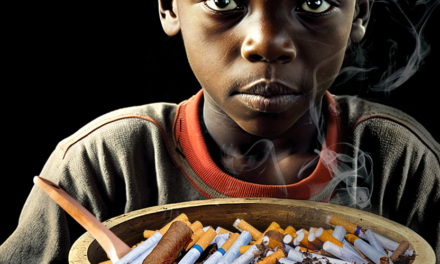
“The Cervical Cancer Elimination Initiative has motivated countries, partners, implementers, funders, and civil society to accelerate access and uptake of cervical cancer prevention and treatment. It is a true global effort and the results in these few years are impressive. This commitment to saving women’s lives must continue,” said Dr Meg Doherty, Director of WHO’s Global HIV, Hepatitis and STIs Programmes.
Yet, there is much more to do. Results published today on the impact of HIV on cervical cancer in South Africa show that cervical cancer elimination is possible even in a high HIV burden setting. Three independent models predicted a substantial decline in age-standardized cervical cancer incidence over time when WHO’s elimination strategy for vaccination, 2 lifetime cervical screens and high treatment coverage was followed. Approximately one third of cumulative cervical cancer cases among both women overall and women living with HIV were averted over the first 25 years.
However, reaching elimination among the population of women living with HIV will be more challenging. Despite achieving an over 85% reduction in cervical cancer incidence, the elimination threshold of under 4 cases per 100 000 woman-years was only approached when women living with HIV were screened more frequently (every 3 years).
Expanding coverage of safe and effective human papillomavirus vaccination paired with more frequent screening of women living with HIV, as recommended in WHO’s guideline for screening and treatment for cervical cancer prevention, will be necessary.
Countries with a high burden of HIV are often those with the highest incidence of cervical cancer, and therefore have much further to go to reach elimination. These results show that it is possible, and that there is a pathway to achieve it.
 |
| Impact of HPV vaccination and cervical cancer screening on cervical cancer incidence among women living with HIV in South Africa. Source: Boily, Barnabas et al. eClinicalMedicine 2022. |












